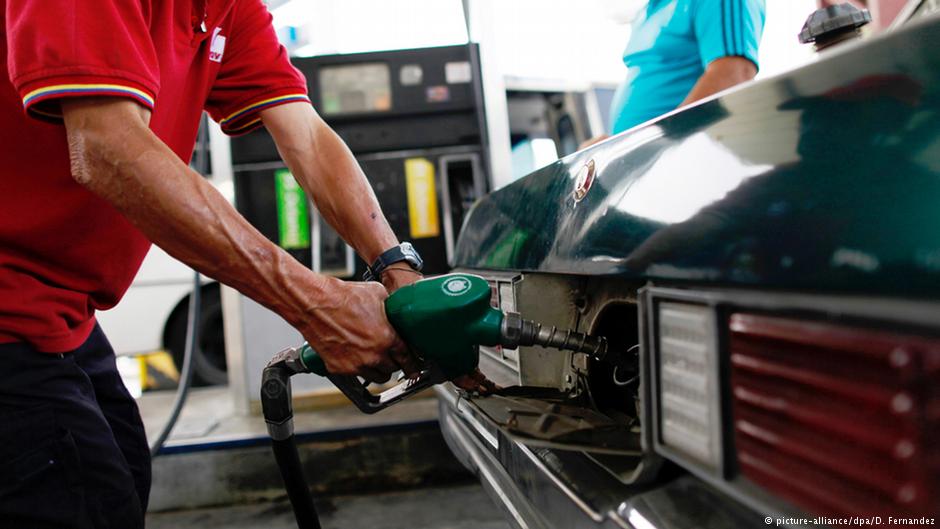LONDON: The European Union on Friday publishes the results of critical stress tests on Europe’s troubled banks, which are facing new pressures from an escalating eurozone debt crisis now affecting Italy and Spain.
The European Banking Authority, the EU’s London-based regulator for the financial sector, has carried out assessments on 91 banks representing 65 percent of the sector and will publish its findings at 1600 GMT.
The tests are intended to reveal which banks, if any, would not have strong enough balance sheets to withstand a big shock in the financial system, and will outline their levels of sovereign debt exposure.
For banks which fail the tests, the regulator will reveal how much extra funds they need to raise to reach its new recommended target of a core tier one capital ratio of 5.0 percent.
The EBA is calling on each bank to have liquid reserves — which serve as an essential buffer against unforeseen financial shocks — totaling 5 percent of the lender’s loans, bonds and securities.
European Union finance ministers said on Tuesday that help from EU governments would be available for any bank failing to meet the benchmark.
But the tests have already raised serious concern among some investors because they will not envisage a potential sovereign default in the eurozone, which has been plagued by a possible Greek default for quite some time.
"The results are not expected to provide any material surprises, with skepticism likely to remain over the credibility of the tests," said economist Lee Hardman at The Bank of Tokyo-Mitsubishi UFJ in London.
"Their credibility remains in question as they still fail to include the potential impact of a Greek default which appears an increasingly likely scenario.
"However, the latest tests are more strenuous than the first tests which should help improve confidence in the European banking system at the margin although confidence will still remain vulnerable to sovereign debt developments."
Traders are speculating that between 10-15 financial institutions could fail the tests. German regional bank Helaba has already disclosed that it has failed to pass ahead of Friday’s official results.
In Spain, media reports suggest that five to seven institutions there could fail the assessments.
The regulator has said that the purpose of the tests is "to assess the resilience of European banks to severe shocks and establish a common, conservative stress testing benchmark."
They will seek to establish whether the banks can weather a series of adverse scenarios over the next two years, including a worsening of the eurozone sovereign debt crisis, a global negative demand shock in the United States, sliding property markets, and major depreciation in the dollar.
The new tests are also designed to combat criticism over last year’s banking sector review which found that just seven out of the 91 European banks inspected were vulnerable to economic stress.
Of the 91 lenders examined in 2010, five in Spain, one in Germany and one in Greece failed to pass.
Two troubled Irish lenders, Allied Irish Banks and Bank of Ireland, passed the tests but subsequently had to be nationalized, and later the Irish government had to be rescued with an enormous multi-billion-euro EU-IMF bailout loan.
Three years on from the global financial crisis many developed nations are buckling under the weight of huge public spending and bank bailouts which were aimed at fixing the financial mess.
That has shifted the spotlight onto the eurozone’s most fiscally-challenged nations —Portugal, Ireland, Italy, Greece and Spain — and sparked genuine concern over the euro’s future.
The International Monetary Fund and European Union have already bailed out Greece, Ireland and Portugal to the tune of hundreds of billions of euros, while the initial Greek rescue package has been deemed insufficient.


